Ångermanland
WELCOME TO Ångermanland
County Overview
Örnsköldsvik
16,500 km2
145,000
Swedish
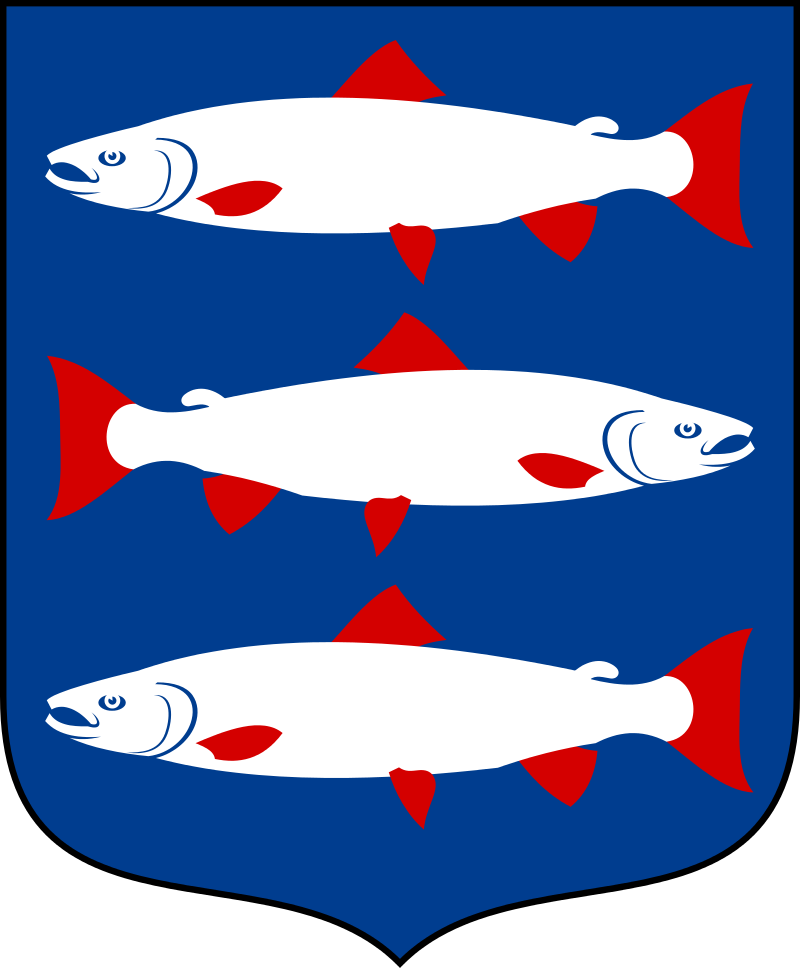
Popular
Geography and Tourist Attractions
Information about the province's tourist attractions, including popular destinations, events, and activities.
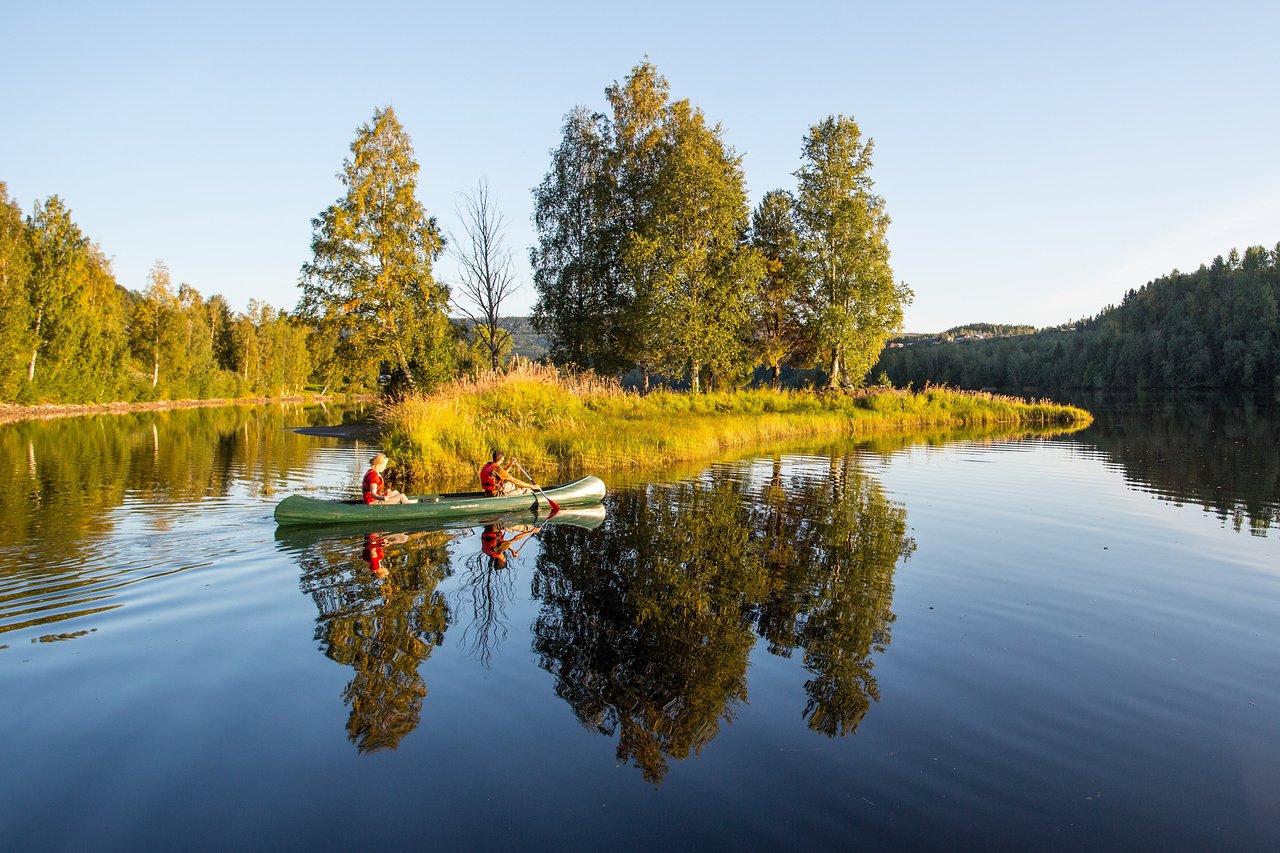
High Coast
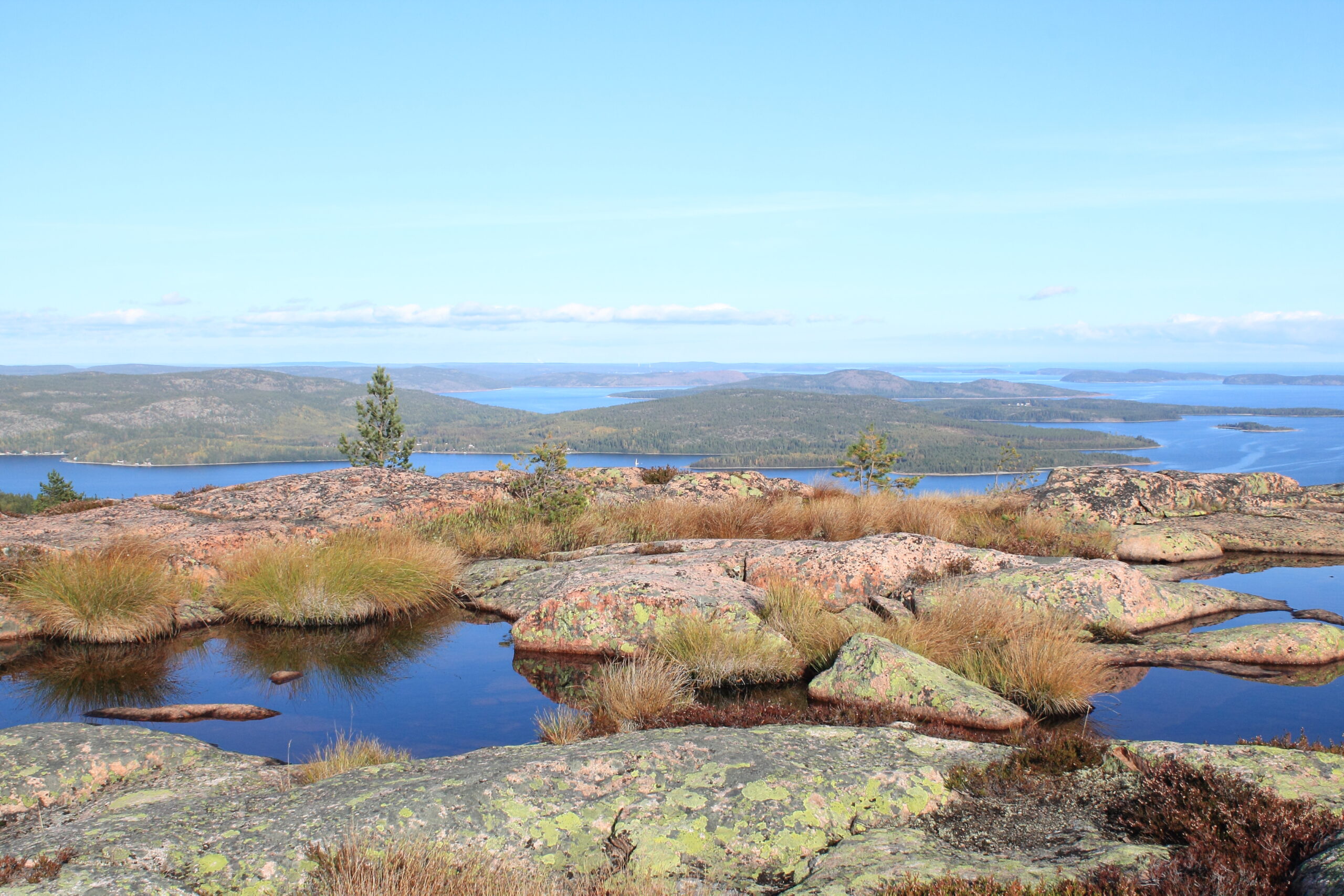
Skuleskogen National Park
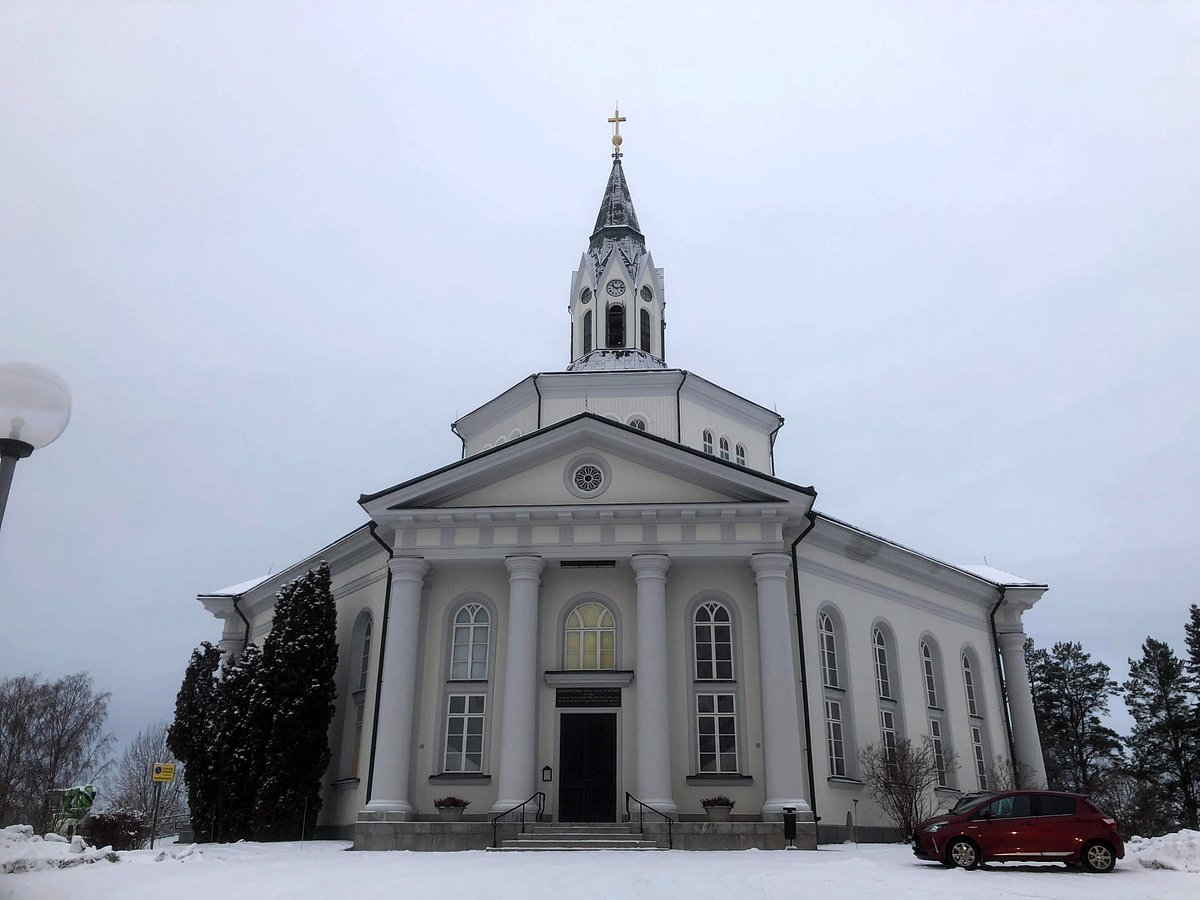
Själevad Church
Political
Economy and Government
The region of Ångermanland in Sweden has a diverse economy with a mix of industries, including manufacturing, forestry, and tourism. The largest employer in the region is the forestry industry, which accounts for a significant portion of the local economy. The area is also home to several manufacturing companies, including those in the automotive and engineering sectors.
The regional government of Ångermanland is responsible for overseeing the development and administration of local services and infrastructure. The region is governed by a council, which is responsible for making decisions related to education, healthcare, and transportation, among other areas. The council is made up of elected representatives from each of the municipalities within the region.
The region also benefits from national government initiatives, including subsidies and support for local businesses and infrastructure projects. In recent years, the government has invested in improving the transportation infrastructure in the region, including the construction of new highways and bridges.
Overall, the economy and government of Ångermanland work together to promote economic growth and ensure a high quality of life for residents.
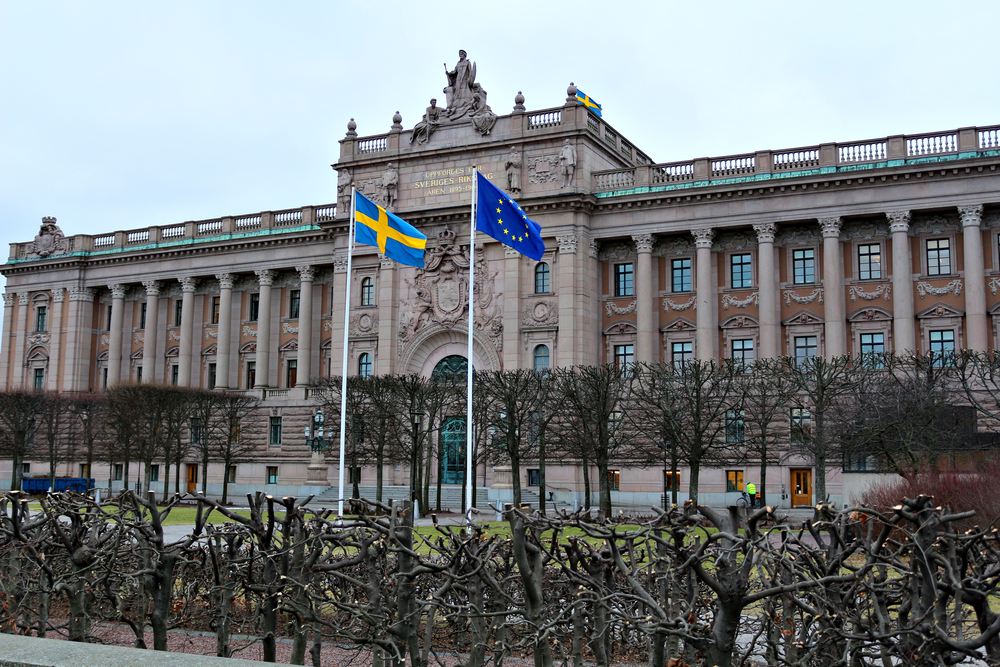
History
History and Culture
The region of Ångermanland in Sweden has a rich history and culture that spans back thousands of years. The area has been inhabited since prehistoric times, with evidence of early human settlements found throughout the region.
During the Middle Ages, Ångermanland was an important center of trade and commerce, with several towns and villages established along the coast. The region was also a center of religious activity, with several notable churches and monasteries built during this time.
In more recent history, Ångermanland has played a significant role in the development of the forestry industry in Sweden. The region has a long history of sustainable forest management, and today, the forestry industry remains a key part of the local economy.
The region is also known for its rich cultural heritage, including traditional music, dance, and art. Folk traditions, such as the annual Midsummer celebration, continue to be an important part of local culture.
Today, Ångermanland is a vibrant and diverse region that celebrates its past while embracing modern innovation and progress. The region's history and culture continue to be an important part of its identity, attracting visitors from around the world to experience its unique heritage and traditions.
HOTELS
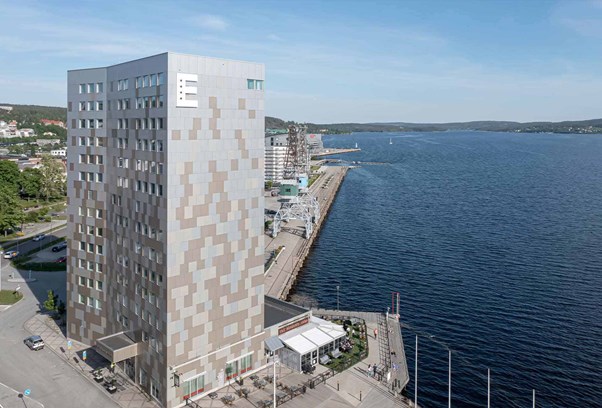
Elite Plaza Hotel Örnsköldsvik
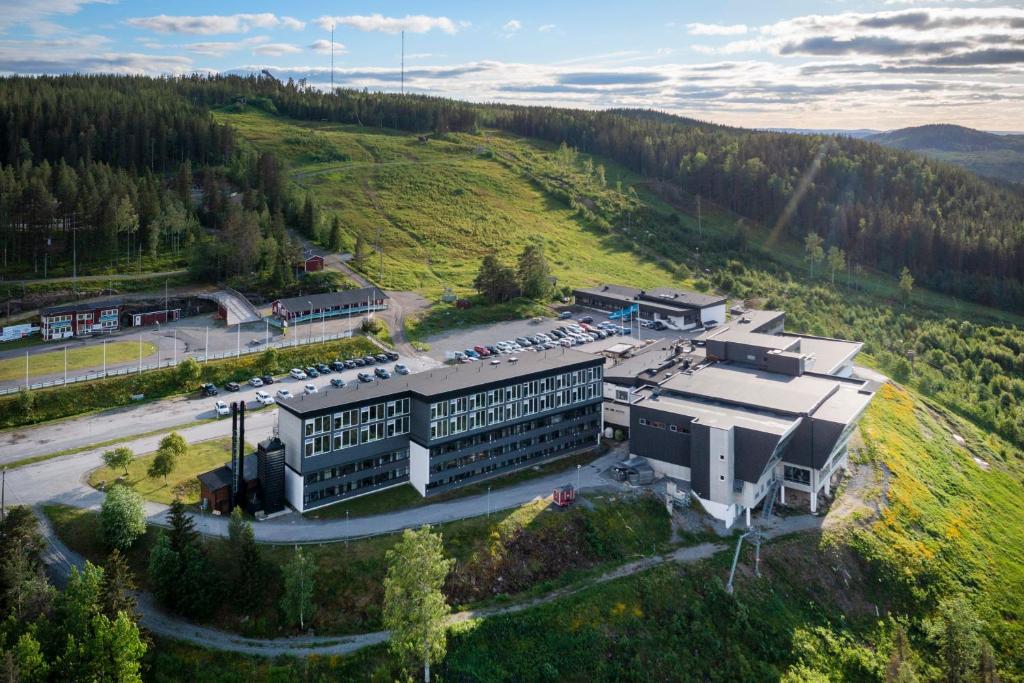
Hotell Hallstaberget
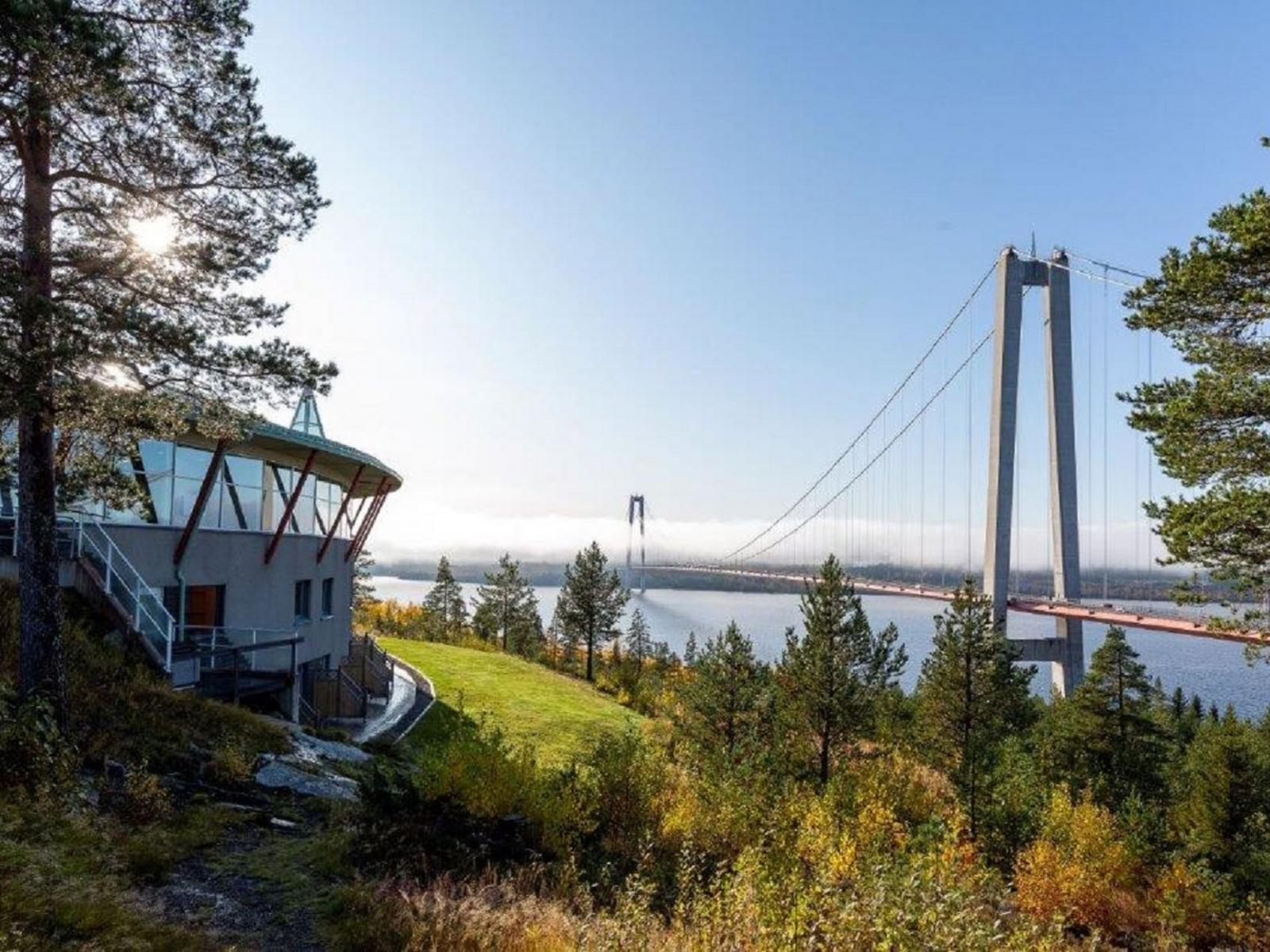
Hotell Höga Kusten
RESTAURANTS

Invit
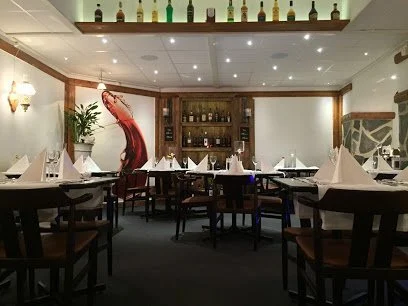
Restaurang Norrlandskällaren

